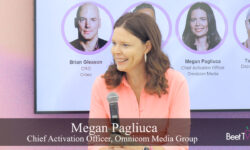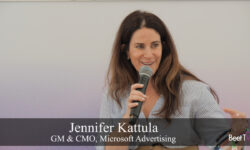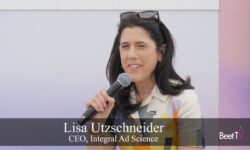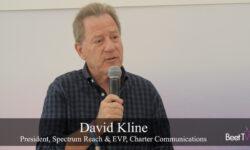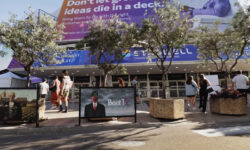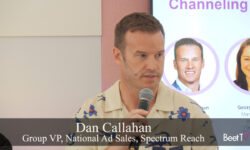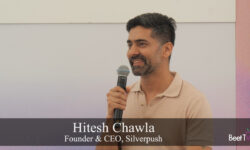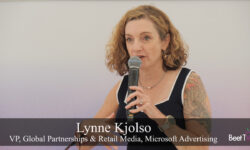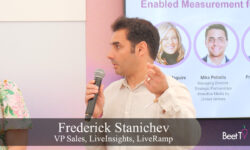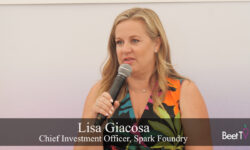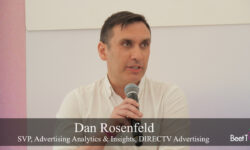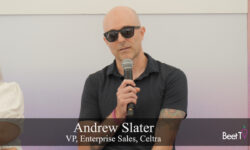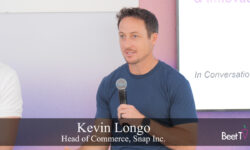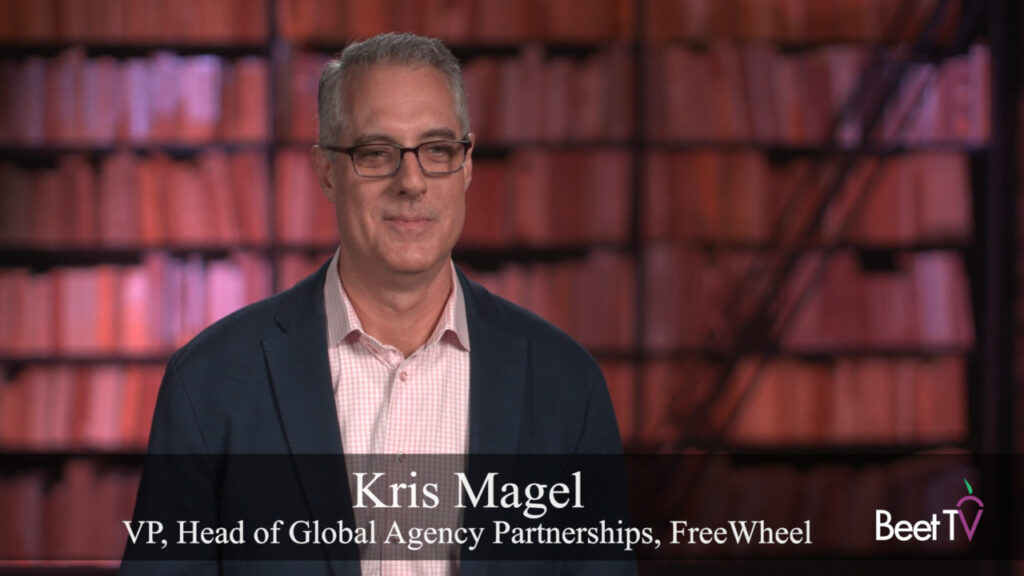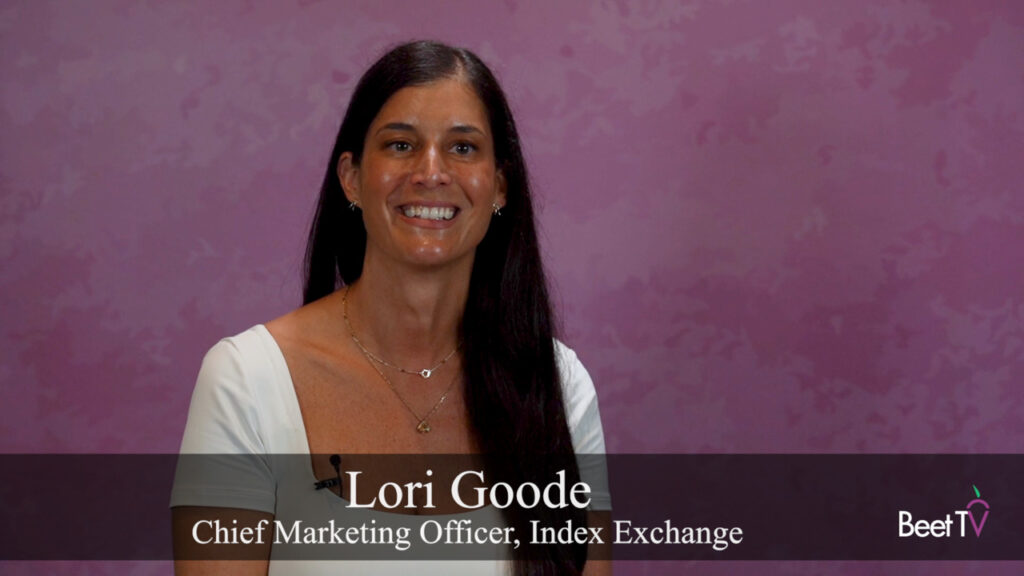CANNES — The proliferation of connected TV services is giving viewers more choice – and advertisers more challenges.
But, ultimately, the new opportunities to reach viewers is a win for brands, according to one TV exec.
In this video interview with Beet.TV, Brian Cordes, Head of Client Partnerships & National Offices, DIRECTV Advertising, says the new TV landscape is a positive for both consumers and brands alike.
Fragmented Landscape
Cordes acknowledges the current TV and video landscape is “completely fragmented”, both for consumers and for advertisers.
But he says DIRECTV is trying to simplify that.
“You think of Netflix or an HBO Max as really competitors to a linear TV service,” he says. “But we don’t see it that way. We see those are our partners.
“What we’re bringing to the marketplace is really more of an aggregated solution for consumers. So you can get into the DIRECTV service, you can watch live TV, but you can seamlessly then go to your streaming apps that we know everyone obviously has and loves.”
Targeting Through Fragmentation
For advertisers, Cordes says the same fragmentation is an opportunity. Addressable TV advertising technology allows brands to target viewers wherever they are watching.
“We are allowing for addressability, allowing for targeted advertising, reaching that consumer when and where they’re engaging with that content,” he says.
“It’s less about the idea that you buy a show and you hope your audience is watching. What addressability allows you to do is you buy an audience really reach regardless of what they’re watching, which allows for huge advantages, both from a brand and agency perspective.”
Frequency-Capping
In particular, Cordes says addressable advertising allows brands to manage the number of times a viewer sees their ad.
“Reach and frequency optimization has probably been the biggest change that I’ve seen over the last few years as far as addressability goes, especially as it relates into linear TV space,” he says.
“For years … TV has always kind of oversaturated heavy TV viewers, but there was nothing that brands could do about it.
“They were trying to deliver obviously a certain level of reach … but they didn’t necessarily know how they were getting to that reach because certain people were viewing the ads significantly more than others.
“Reach frequency optimization is just allowing addressable technology to reach more evenly deliver impressions to advertisers or to consumers, but also allowing advertisers to drive incremental reach.”
You’re watching coverage of Beet.TV’s Global Leadership Summit: Streaming TV & Digital Video, a Beet.TV Leadership Series at Cannes Lions 2024 presented by DIRECTV Advertising, Spectrum Reach, TripleLift & Wurl. For more videos from this series, please visit this page. To view all of Beet.TV’s Cannes Lions 2024 content, please visit this page.







